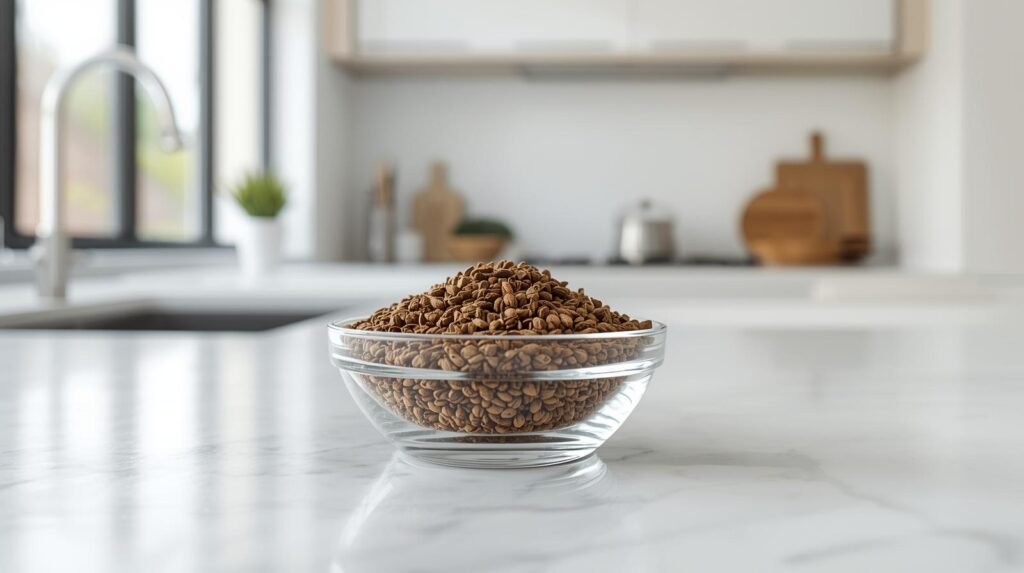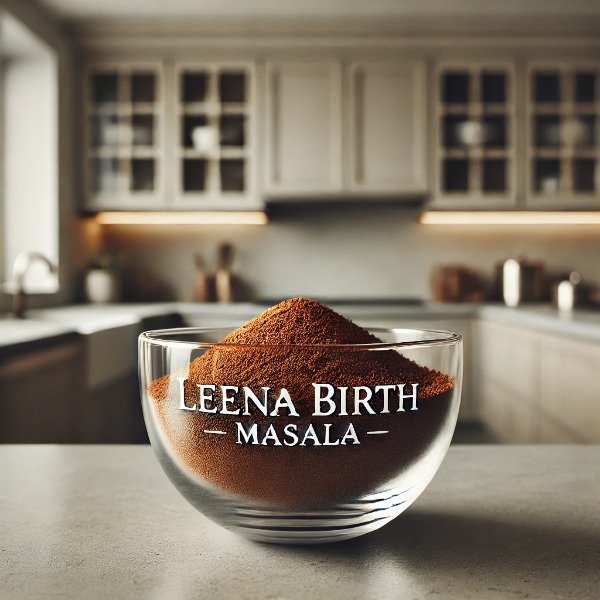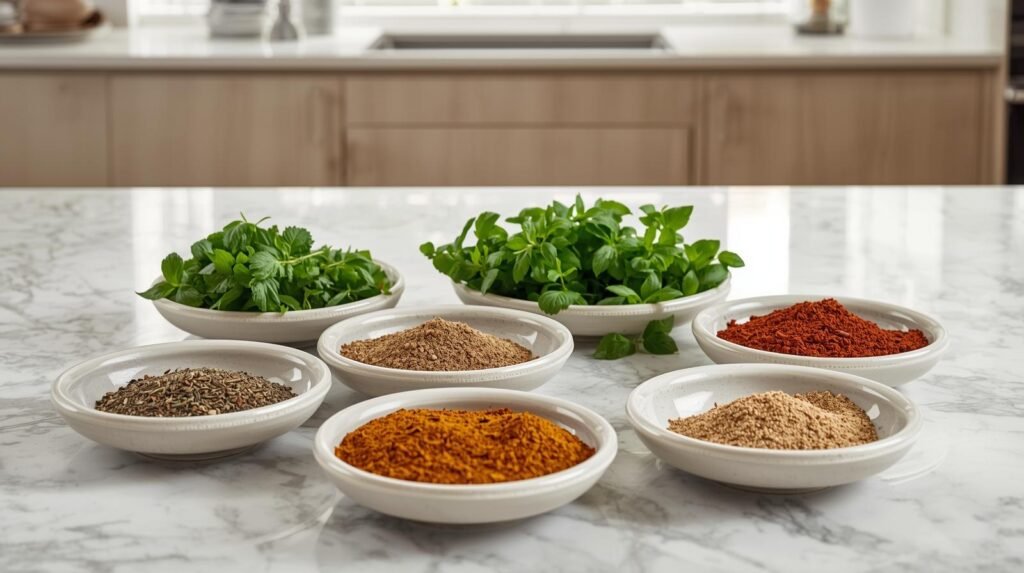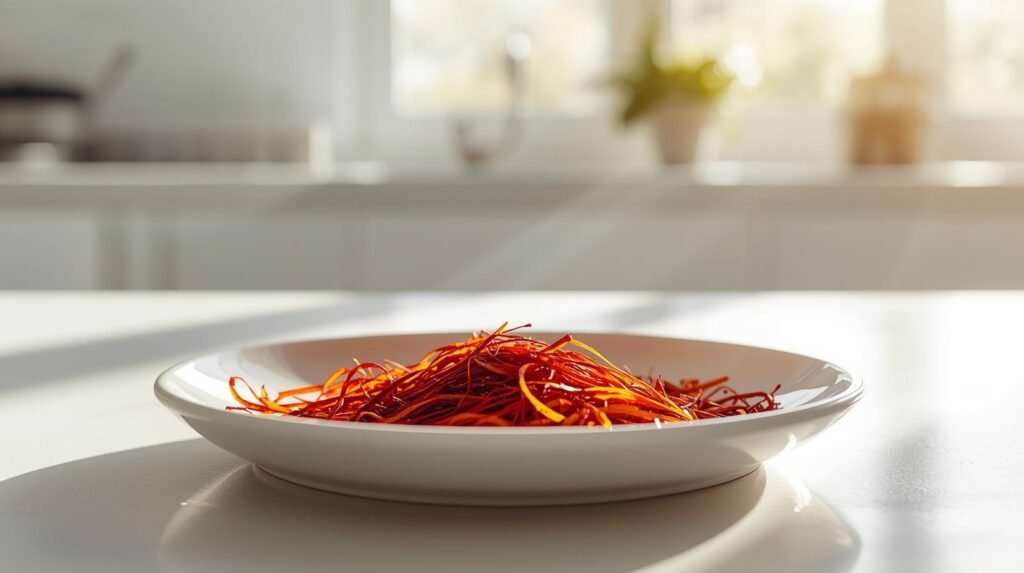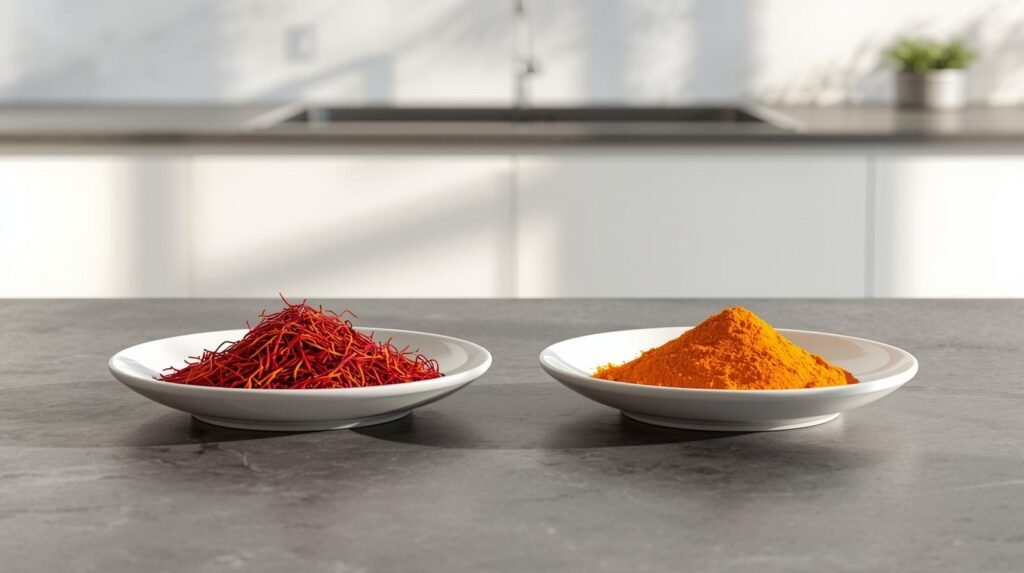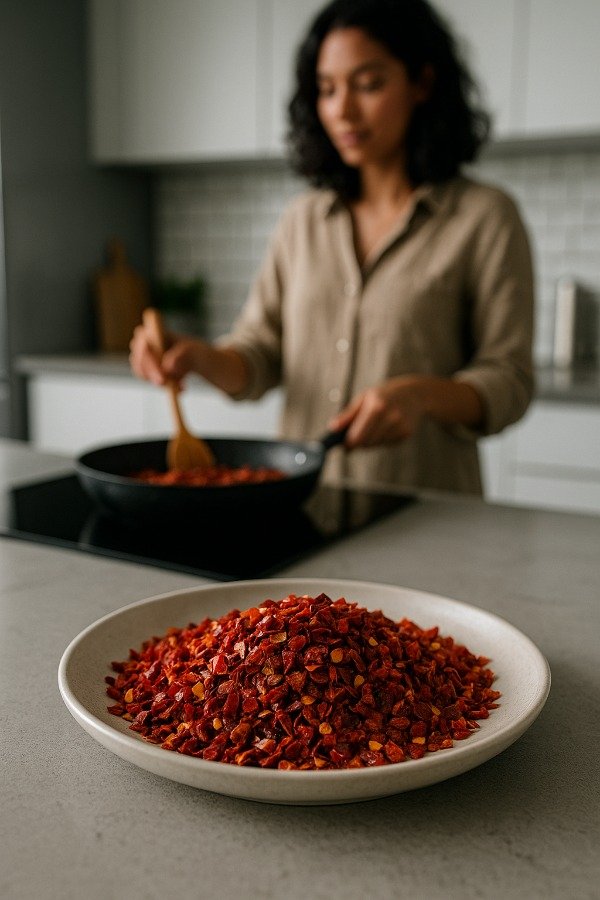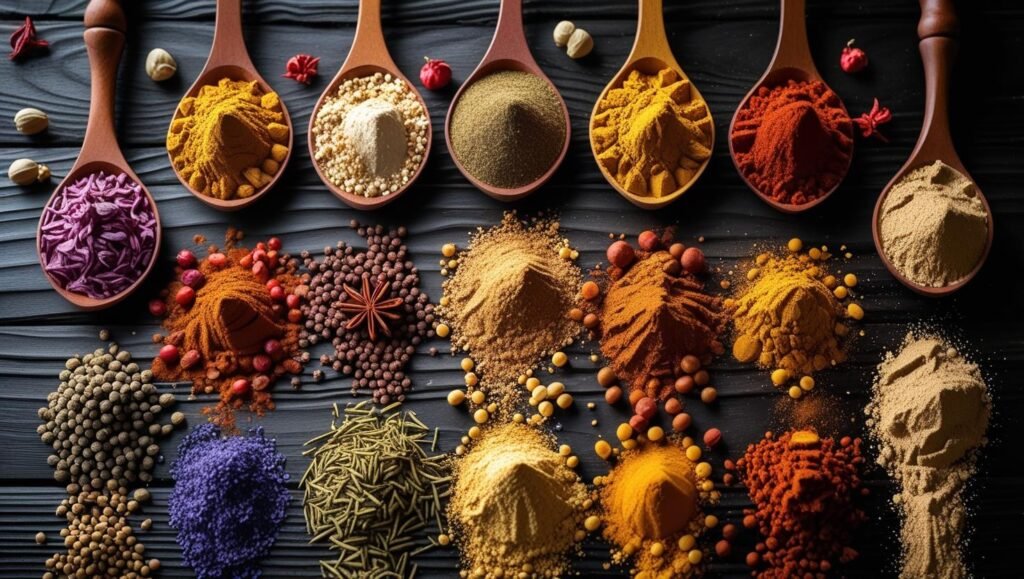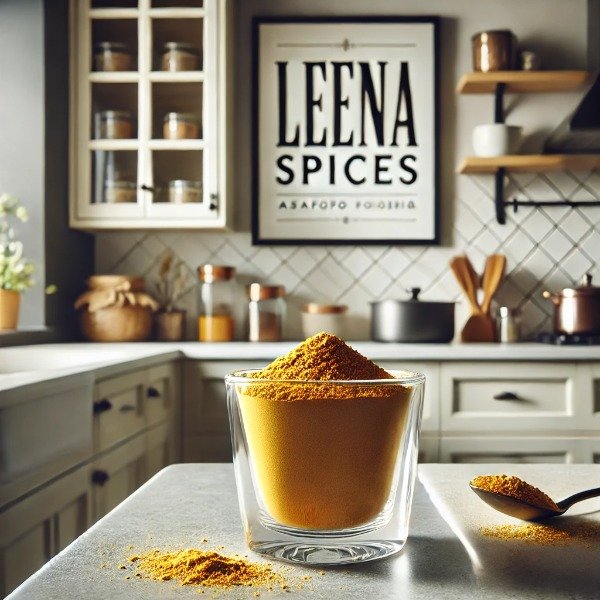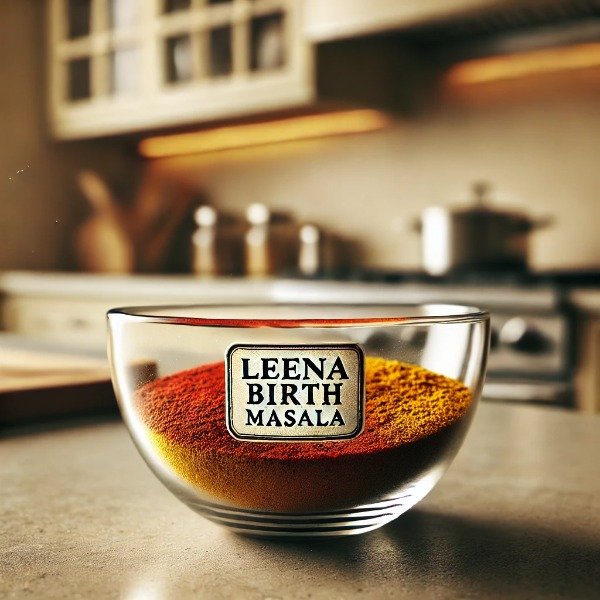3 Smart Cooking Ideas on a Zero Budget: Save Time Energy and Money with Batch Cooking
Table of Contents
- Introduction
- Divide Cooking Tasks for Maximum Efficiency
- What Is Batch Cooking?
- 3. Quick-Cooking Proteins to Speed Up Meals
- FAQs
- Final thoughts
Introduction: Cooking Smarter, Not Harder
Cooking at home is one of the best ways to maintain a healthy lifestyle. It not only gives you full control over the ingredients in your meals but also helps reduce costs compared to frequent dining out or takeaways. However, the most common barrier people face isn’t a lack of desire, it is the time and energy cooking seems to demand each day. After long hours at work, family obligations, and other responsibilities, preparing a meal from scratch can feel overwhelming.
The good news is that home cooking doesn’t have to be complicated or exhausting. By applying a few smart strategies, you can streamline the process and make it far more manageable. With some planning and the right techniques, it is possible to enjoy wholesome, flavorful meals without spending hours in the kitchen.
These 3 no-cost cooking hacks to save money ideas gives you practical kitchen efficiency tips, and also to save time cooking your meals. These 3 clever cooking ideas not only simplify meal preparation but also reduce the overall energy you spend in the kitchen, helping you cook smarter rather than harder without spending a dime.

1. Divide Cooking Tasks for Maximum Efficiency
Trying to handle every part of a meal in one go. Washing produce, chopping ingredients, cooking, and cleaning can quickly become exhausting. Not only does it demand a large block of uninterrupted time, but it also increases stress in the kitchen. A more effective approach is to divide the work into smaller, manageable steps spread across the day or even the week.
How to Divide Cooking Tasks
Dividing cooking tasks into smaller, manageable steps can save significant time and make meal preparation less stressful. Here are practical strategies to implement this approach:
- Prep Ingredients Ahead: As soon as you bring vegetables home from the store, wash and chop them, then store in airtight containers. Having ingredients ready allows for quick cooking later.
- Morning Prep Work: Spend 10–15 minutes in the morning chopping vegetables, marinating proteins, or washing salad greens. By the evening, you will only need to assemble and cook the meal.
- Pre-Cook Staples: Hard-boil eggs, cook rice, or roast vegetables in advance. These prepped staples can be quickly added to salads, stir-fries, or grain bowls, cutting down active cooking time.
- Set Up Mini-Sessions: Instead of dedicating a full hour to prep, break the work into 15–20 minute sessions focusing on one or two ingredients at a time. This prevents fatigue and keeps you organized.
- Staggered Cooking: Prepare side dishes ahead of time, such as boiling pasta or roasting vegetables earlier in the day, so that the main dish is your only focus in the evening.
- Shared Responsibility: If cooking for a family, assign simple tasks such as stirring, seasoning, or setting the table. Involving others not only reduces your workload but also makes cooking a collaborative activity.
- Use Downtime Wisely: Take advantage of idle time while water is boiling or something is baking. Wash chopping boards, put away utensils, or even prep ingredients for the next day’s meals.
For instance, consider preparing a simple chicken stir-fry with rice. In the morning, you can wash and chop vegetables, marinate the chicken, and rinse the rice. By the time evening rolls around, cooking becomes a quick task. 15 minutes to cook the rice and 10 minutes to stir-fry the ingredients. What might have originally taken 45 minutes now takes just 25 minutes, all while reducing stress and keeping the process organized.
This example highlights how dividing tasks ahead of time can transform a seemingly complicated meal into a quick, efficient, and enjoyable cooking experience.
2. Batch Cooking Tips to Save Time and Reduce Energy
What Is Batch Cooking?
Batch cooking involves preparing larger quantities of food in a single cooking session so that ingredients or entire meals can be used throughout the week. This approach is highly efficient because your oven or stove is already in use, and cleanup only needs to be done once instead of repeatedly for each meal.
Beyond saving time and energy, batch cooking also reduces stress, minimizes food waste, and ensures you always have ready-to-use ingredients or meals on hand. It’s an ideal strategy for anyone looking to streamline home cooking without sacrificing nutrition or flavor.
What to Batch Cook
- Proteins: Cooking proteins in larger quantities saves time and ensures you have ready-to-use options for multiple meals. For example, roast a tray of chicken thighs, grill a batch of tofu, or cook a pot of beans. Once prepared, these proteins can be added to salads, wraps, stir-fries, or grain bowls throughout the week, making meal assembly quick and convenient.
- Grains: Cooking grains in bulk provides a versatile base for multiple meals throughout the week. Prepare a large portion of rice, quinoa, or pasta, then store it in airtight containers in the fridge. These pre-cooked grains can be quickly combined with vegetables, proteins, or sauces to create a variety of dishes with minimal effort.
- Vegetables: Roasting a large tray of mixed vegetables provides a versatile, ready-to-use ingredient for the week. These vegetables can be enjoyed as a side dish, tossed into salads, stirred into grain bowls, or added to wraps and sandwiches, making it easy to include more produce in your meals without extra daily effort.
- Soups and Stews: Large pots of soups or stews are ideal for batch cooking because they store and reheat exceptionally well. Once cooked, portion them into freezer-safe containers so you can quickly defrost individual servings throughout the week. This not only saves daily cooking time but also provides comforting, ready-to-eat meals with minimal effort.
- Prepare Sauces or Curries: Cooking sauces, gravies, or curry bases in larger batches allows you to freeze individual portions for later use. These ready-to-go components can be quickly reheated, offering a flavorful foundation for meals in just minutes. By doing this, you not only save active cooking time but also ensure that you always have a versatile, homemade base available for busy days, making it easier to assemble quick, delicious meals.
Batch cooking ensures that healthy, home-cooked meals are always within reach, even on the busiest days. With pre-prepared ingredients and meals ready to use, you can maintain nutritious eating habits without the temptation or time pressure of relying on takeout.
Example of a Batch Cooking Plan
Batch cooking becomes even more practical when paired with a simple weekly plan. Here’s an example of how one cooking session can provide meals for several days:
- Sunday: Cook a large pot of chili, roast a tray of mixed vegetables, and prepare a batch of quinoa.
- Monday: Enjoy the chili with quinoa for a hearty, balanced meal.
- Tuesday: Use the leftover roasted vegetables in a wrap with chicken or beans for a quick lunch or dinner.
- Wednesday: Transform the chili into a baked potato topping for a comforting midweek meal.
- Thursday: Combine the remaining quinoa with vegetables and a simple dressing to create a fresh, flavorful salad.
With this approach, you cook once and enjoy a variety of meals throughout the week. Not only does it save time and energy, but it also keeps meals interesting and prevents repetitive eating.
Example: Sunday Batch-Cooking Routine
Prep and Cook:
- Roast two trays of mixed vegetables for versatile use throughout the week.
- Cook a pot of quinoa or brown rice to serve as a base for multiple meals.
- Bake seasoned chicken breasts for quick proteins.
- Prepare a lentil soup or chili, freezing half for later use.
Meals from This Prep:
- Quinoa bowls with roasted vegetables and chicken for a balanced lunch or dinner.
- Lentil soup served with bread for a comforting, protein-rich meal.
- Chicken wraps with hummus and roasted peppers for a quick, portable option.
- Hard-boiled eggs for easy grab-and-go breakfasts or snacks.
With just one focused session, you can enjoy nutritious, ready-to-eat meals all week while minimizing daily cooking time and cleanup.
Benefits of Batch Cooking
- Saves Time: By chopping, cooking, and cleaning just once, you avoid repeating the same steps every day, freeing up valuable time for other activities.
- Saves Energy: Preparing a double portion of a dish uses nearly the same amount of energy as cooking a single portion, making it an energy-efficient approach.
- Reduces Stress: Having meals or ingredients ready in advance eliminates the last-minute “what’s for dinner?” dilemma, making mealtime calmer and more enjoyable.
- Cuts Food Waste: Cooking in larger quantities ensures ingredients are used efficiently, reducing the likelihood of spoilage and minimizing waste.
- Convenience: Keeping ready-to-eat ingredients or pre-cooked meals in your fridge or freezer makes mealtime stress-free. With these components on hand, you can quickly assemble a balanced meal, eliminating the last-minute “what’s for dinner?” panic and ensuring you always have a nutritious option available, even on the busiest days.
Batch Cooking: Work Once, Eat Many Times
- Saves Time: By chopping, cooking, and cleaning just once, you avoid repeating the same steps every day, freeing up valuable time for other activities.
- Saves Energy: Preparing a double portion of a dish uses nearly the same amount of energy as cooking a single portion, making it an energy-efficient approach.
- Reduces Stress: Having meals or ingredients ready in advance eliminates the last-minute “what’s for dinner?” dilemma, making mealtime calmer and more enjoyable.
- Cuts Food Waste: Cooking in larger quantities ensures ingredients are used efficiently, reducing the likelihood of spoilage and minimizing waste.
- Convenience: Keeping ready-to-eat ingredients or pre-cooked meals in your fridge or freezer makes mealtime stress-free. With these components on hand, you can quickly assemble a balanced meal, eliminating the last-minute “what’s for dinner?” panic and ensuring you always have a nutritious option available, even on the busiest days.
Batch Cooking: No-Cost Cooking Hacks to Save Money in the Kitchen
Batch cooking is a highly effective time-saving strategy. The concept is straightforward: cook larger portions once and use them across multiple meals throughout the week. By preparing food in bulk, you significantly reduce repetitive tasks such as chopping, washing, and reheating, which not only saves time but also minimizes effort.
In addition, batch cooking reduces energy consumption since you are not repeatedly using the stove or oven for each individual meal. This makes it both a practical and sustainable approach to home cooking, helping you maintain nutritious, home-prepared meals with less stress and effort.
3. Quick-Cooking Proteins to Speed Up Meals
Proteins are a vital component of balanced meals, but many sources such as whole roasts, poultry, or dried beans can take a long time to prepare. This often makes them the most time-consuming part of cooking.
Fortunately, choosing quick-cooking proteins can drastically reduce meal preparation time while keeping dishes filling and nutritious. Options like eggs, thinly sliced chicken or beef, fish fillets, tofu, and canned or pre-cooked legumes allow you to assemble meals in minutes without compromising on flavor or protein content.
Best Quick-Cooking Proteins
Selecting the right proteins can significantly reduce cooking time while keeping meals nutritious and satisfying. Here are some of the best options:
- Eggs: Versatile and fast, eggs can be scrambled, fried, poached, or boiled in under 10 minutes, making them ideal for breakfasts, salads, or quick dinners.
- Fish Fillets: Fillets like salmon, tilapia, or cod cook quickly in 10–15 minutes, either in the oven, on the stovetop, or even on the grill, providing a healthy dose of protein and omega-3 fatty acids.
- Chicken Breast or Thigh Strips: Cutting chicken into thin strips allows it to cook rapidly in stir-fries, salads, or on the grill, offering a lean, protein-packed option in minutes.
- Ground Meats: Ground chicken, beef, or turkey cook faster than whole cuts, making them ideal for tacos, pasta sauces, or quick skillet meals.
- Plant-Based Options: Quick-cooking vegetarian proteins such as tofu, tempeh, canned beans, and lentils are nutrient-rich and absorb flavors well, making them versatile for stir-fries, curries, salads, and wraps.
Using these quick-cooking proteins in combination with prepped vegetables, grains, or batch-cooked sauces can help you assemble balanced meals in record time, without sacrificing nutrition or flavor.
Quick Protein Meal Examples
Quick-cooking proteins shine when paired with pre-prepped ingredients or batch-cooked staples. For instance, a shrimp stir-fry with pre-chopped vegetables and leftover rice can be ready in under 15 minutes, making it faster than ordering takeout.
Similarly, a can of beans combined with pre-roasted vegetables and rice can create a hearty, balanced meal in under 5 minutes. These examples illustrate how quick proteins and prepared ingredients work together to drastically reduce cooking time while keeping meals nutritious and satisfying.
Combining All Three Strategies for Maximum Efficiency
The real efficiency in home cooking comes when you use all three methods together. By integrating dividing tasks, batch cooking, and quick-cooking proteins, you can transform meal preparation from a time-consuming chore into a smooth, manageable process:
- Divide Tasks: Break prep work into smaller steps throughout the day so it doesn’t pile up at the end of a busy day.
- Batch Cook Key Ingredients: Use weekends or less hectic days to prepare grains, proteins, sauces, or roasted vegetables in advance.
- Use Quick-Cooking Proteins: Combine prepped ingredients with fast-cooking proteins to assemble meals in just minutes.
This approach allows you to cook smarter, not harder, reducing stress, saving energy, and ensuring you always have nutritious, home-cooked meals ready even on your busiest days.
A Sample Weeknight Scenario
Putting these strategies into practice can make weeknight meals quick, stress-free, and varied. For example:
- Sunday (Batch Cooking Day): Roast a tray of vegetables, cook a pot of quinoa, and bake chicken for the week.
- Monday: Quickly sauté shrimp with garlic and toss it with the pre-cooked quinoa and roasted vegetables for a fast stir-fry.
- Tuesday: Use leftover chicken to make a wrap with hummus, roasted peppers, and fresh salad greens.
- Wednesday: Combine canned beans with pre-cooked rice and frozen spinach to create a quick, hearty soup.
By planning ahead and combining task division, batch cooking, and quick-cooking proteins, this approach minimizes stress, reduces daily cooking time, and keeps meals fresh, nutritious, and varied throughout the week.
Additional Tips for Smarter Cooking
In addition to dividing tasks, batch cooking, and using quick-cooking proteins, these practical tips can make home cooking even faster and more efficient:
- Use Efficient Appliances: Tools like pressure cookers, air fryers, or multi-cookers can drastically reduce cooking times while maintaining flavor and nutrition.
- Organize Your Kitchen: Keep knives, cutting boards, spices, and frequently used utensils within easy reach. An organized kitchen allows you to move smoothly from prep to cooking without wasting time searching for tools.
- Freeze in Portions: Store leftovers or batch-cooked meals in single-serving containers. This prevents reheating more food than needed and makes meals convenient to grab on busy days.
- Plan Ahead: Creating a weekly meal plan helps you shop efficiently, utilize ingredients fully, and avoid mid-week cooking stress. Knowing what’s on the menu each day also makes it easier to integrate batch cooking and quick-protein meals seamlessly.
By combining these strategies with the three core methods—dividing tasks, batch cooking, and quick-cooking proteins—you can make home cooking efficient, stress-free, and sustainable without sacrificing nutrition or flavor.
Frequently Asked Questions (FAQs)
1. How long can batch-cooked meals be stored?
Most batch-cooked meals last 3–4 days in the refrigerator when stored in airtight containers. For longer storage, freeze portions, which can typically last 2–3 months without losing flavor or quality. Always label containers with the date to keep track.
2. Can I batch cook if I have a small kitchen?
Yes. Even in a small kitchen, you can batch cook by focusing on one or two versatile items at a time, such as a pot of rice or a tray of roasted vegetables. Freeze portions in stackable containers to save space.
3. What proteins are best for vegetarian or vegan quick meals?
Plant-based proteins such as tofu, tempeh, lentils, and canned beans are excellent options. They are not only quick to cook but also versatile—easily adapting to curries, stir-fries, salads, or wraps.
4. How can I prevent boredom when eating batch-cooked meals?
The key is to change up the flavors. Use different sauces, spices, or toppings with the same base ingredients. For example, roasted vegetables can be served with curry one day, in a wrap the next, and on top of a salad another day.
5. Are quick-cooking proteins as healthy as slower-cooking ones?
Yes. Quick-cooking proteins like fish, eggs, beans, and chicken strips provide the same essential nutrients as proteins that require longer cooking times. The main difference is convenience, not nutritional value.
6. How do I divide cooking tasks if I have very little time?
Start small. Even 10 minutes of prep in the morning, like chopping vegetables or soaking beans can cut your evening cooking time in half. If mornings are rushed, try prepping the night before.
7. Which kitchen tools help with faster cooking?
Efficient tools include a sharp chef’s knife, food processor, pressure cooker, air fryer, and non-stick pans. These reduce prep time and cooking duration, helping you make the most of your effort.
Final Thoughts
Cooking at home doesn’t have to be overwhelming. By dividing prep into smaller steps, embracing batch cooking, and relying on quick-cooking proteins, you can turn weeknight meals into a stress-free routine. These strategies not only cut down cooking time and energy use but also make it easier to maintain healthy, balanced eating habits.
A little planning goes a long way. Just one short prep session can set you up for multiple meals throughout the week. With smarter workflows, efficient cooking methods, and versatile ingredients, the kitchen becomes less about stress and more about creativity and enjoyment.
In the end, efficient cooking is about working smarter, not harder. By adopting these simple 3 No-Cost Cooking Hacks you will save time, money in the kitchen, reduce waste, and make home cooking both practical and sustainable.





